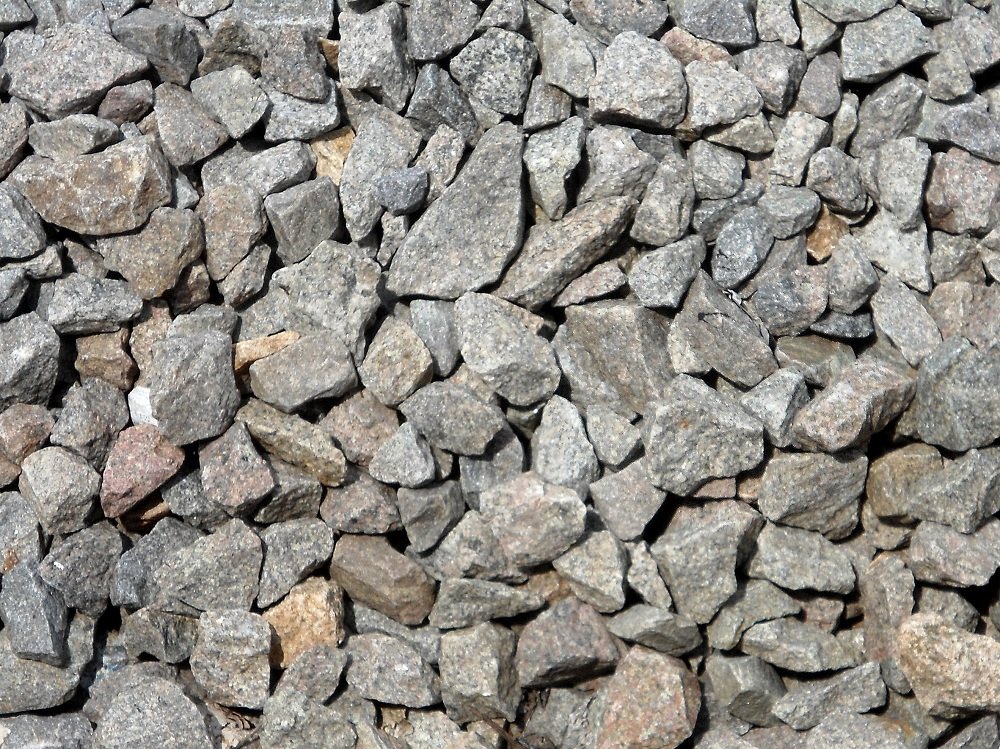Table of Contents (click to expand)
The stones that are seen lying close to the railway tracks are collectively called track ballast. Track ballast is packed between the sleepers, in the areas below, and on the sides of railway tracks. The function of railway sleepers is to hold the rails upright and properly spaced. The stones in the track ballast serve a number of purposes, such as keeping the tracks in place, keeping vegetation in check, and sealing out any water that may be around the tracks.
Traveling in a train is an amazing experience in itself. You get to witness the stunning vistas of nature, sprawling fields, cities teeming with people, or endless stretches of land with no sign of any life whatsoever. One more thing that you almost always see throughout your train-journey are those small stones lying alongside the track on which your train races?
Have you ever given any thought as to why there are almost always stones alongside a railway track?
Track Ballast
To start with, the stones that you see lying close to the railway tracks are collectively called track ballast. It basically forms the trackbed on which the railway sleepers are kept. Track ballast is packed between the sleepers, in the areas below, and on the sides of railway tracks. I can already hear the question beginning to form in your head; what’s a sleeper?

A railway sleeper is a rectangular support that is usually kept perpendicular to the tracks. Sleepers are known by a few other names too, like a railroad tie or a crosstie. These are usually made of wood or pre-stressed concrete, although the latter is more widely used today. The function of railway sleepers is to hold the rails upright and properly spaced.
Also Read: How Does The Earth Get More Rock On Top Of Other Rocks To Give Us Geological Layers?
Why Specifically Those Stones?

It’s not like the construction crews put just any stone they find around the tracks. That wouldn’t do the trick. For instance, if you put smooth, round pebbles in the ballast, then they might roll or slide over each other when a train passes over the tracks; therefore, they would fail at their main job – providing solidarity to the tracks. Given that fact, you need stones of a specific type that won’t move around too much, except by kids chucking stones near the tracks, of course!
In order to guarantee that the stones stay in place, they use sharp and edged stones in the ballast. Interesting, huh?
Also Read: Can A Coin Placed On The Tracks Derail A Train?
Is That All Track Ballast Does?
In fact, the track ballast serves a number of purposes. First of all, it makes sure that tracks stay in place when super-heavy trains roll by on them. It also plays an instrumental role in keeping any vegetation in check that might grow around the tracks (and make the ground beneath the tracks weaker). Another important aspect of track ballast is that it seals out any water that may be around the tracks to actually reach the tracks on a regular basis. That doesn’t mean the ballast completely insulates the tracks from water, which would be impossible, but it does facilitate water drainage around and beneath the tracks so that water doesn’t stay near the tracks and compromise the solidarity of the ground.
A Novel Technique To Reduce Vibrations
The excessive use of railway lines for transportation poses a threat to the buildings in the areas near the tracks due to the immense vibrations the tracks experience when a high speed locomotive moves over them. Also, the loud noise that is produced when a train moves rapidly on the tracks is also a nuisance to the surrounding areas.
In order to minimize these vibrations, a fairly simple clamping technique is employed using a dynamic vibration absorber. It consists of EPDM or Ethylene Propylene Diene Monomer rubber because of its high resistance to heat, water and other mechanical strains. As a result, the vibrations are reduced to a great extent and the noise is also diminished to a bare minimum.
What we’re trying to say should be clear… Picking up stones from around the tracks on a pleasant, sunny day and chucking them out into the nearby forest is not an ideal way to release your stress!
How well do you understand the article above!

References (click to expand)
- Track ballast - Wikipedia. Wikipedia
- S.Naresh Kumar, S.Gunasekharan - Design And Analysis Of Dynamic Vibration Absorber (DVA) To Reduce Vibration In Rails - International Journal of Engineering and Applied Sciences
- Giving freight rail tracks a boost - UW–Madison News. The University of Wisconsin–Madison
